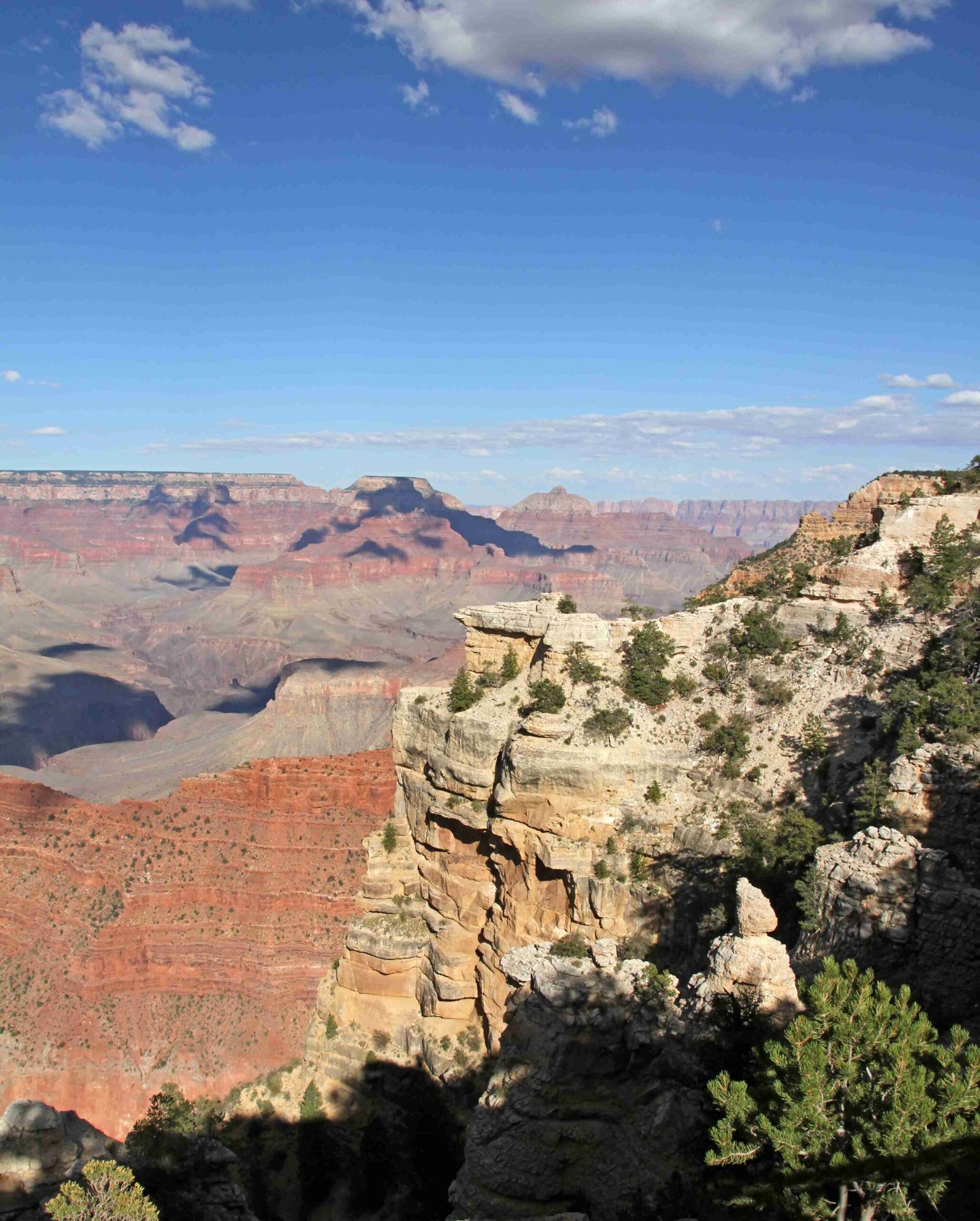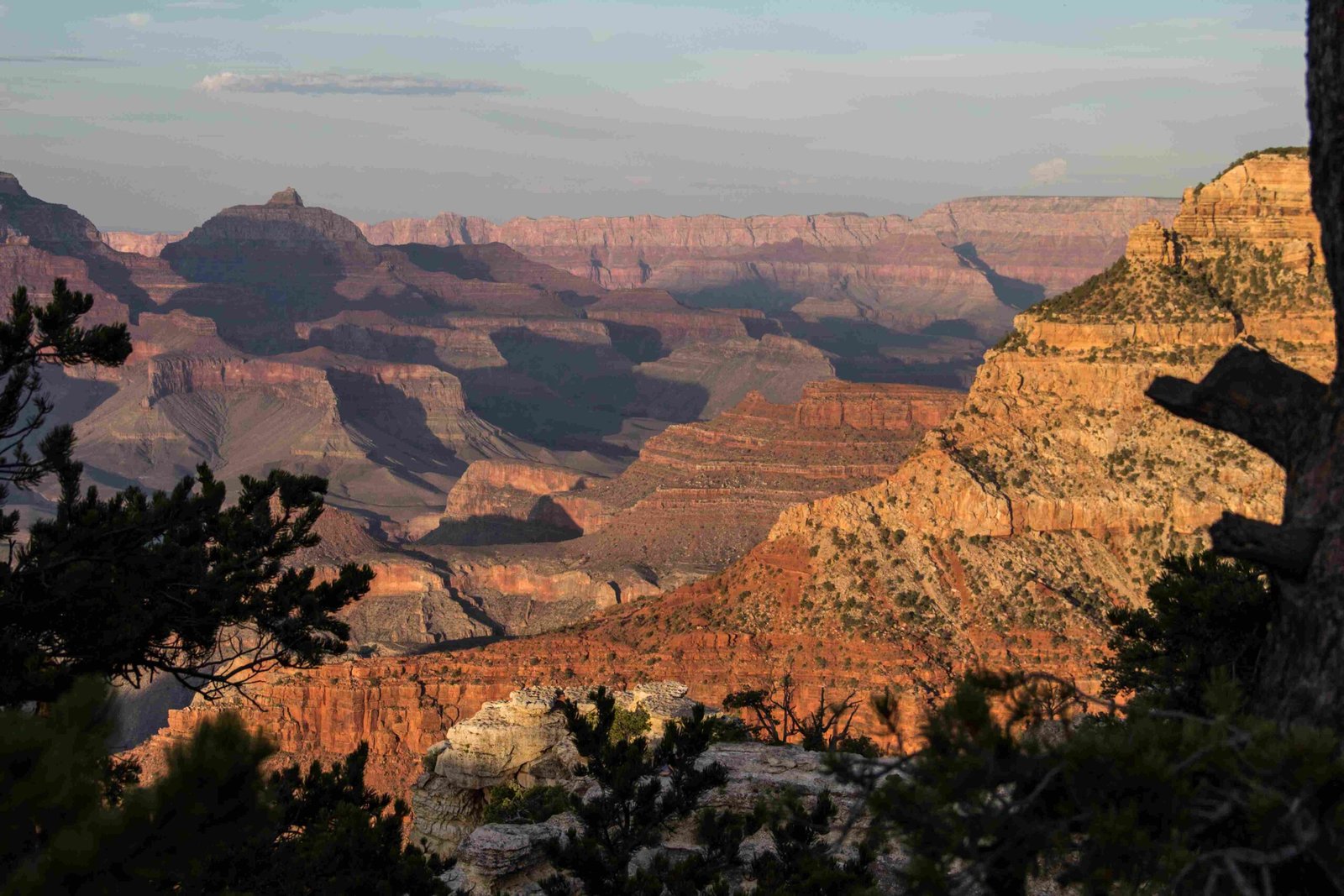The Grand Canyon’s early civilization represents a complex tapestry of human habitation spanning over 10,000 years, where diverse Native American tribes developed sophisticated cultural practices, agricultural techniques, and intricate social structures in one of North America’s most challenging landscapes. These ancient societies transformed the seemingly inhospitable canyon environment into a thriving homeland, demonstrating remarkable human adaptability and resilience.
What Were the First Human Settlements in Grand Canyon?

Ancestral Puebloan Pioneers
The Ancestral Puebloan people, often called Anasazi, were among the earliest documented inhabitants of the Grand Canyon region. Archaeological evidence suggests they established complex settlements between 200 B.C. and A.D. 1300, developing advanced farming techniques in an extremely challenging environment.
Key Characteristics of Ancestral Puebloan Civilization
- Sophisticated agricultural practices
- Complex architectural structures
- Advanced water management systems
- Intricate pottery and tool-making skills
Timeline of Early Human Presence
| Period | Civilization | Key Developments |
|---|---|---|
| 10,000-4,000 BCE | Paleo-Indian Period | Nomadic hunter-gatherer societies |
| 4,000-1,000 BCE | Archaic Period | Development of basic agricultural techniques |
| 1,000 BCE-1300 CE | Ancestral Puebloan | Permanent settlements, advanced farming |
How Did Native Tribes Survive in the Grand Canyon?

Adaptive Survival Strategies
Native tribes developed remarkable strategies to survive in the Grand Canyon’s harsh environment:
- Water Management
- Constructed sophisticated rock dams
- Developed intricate irrigation systems
-
Identified reliable water sources
-
Agricultural Techniques
- Practiced dry farming
- Cultivated drought-resistant crops
-
Utilized terraced farming methods
-
Seasonal Migration
- Moved between canyon floors and plateaus
- Followed seasonal food and water availability
- Adapted hunting and gathering practices
Technological Innovations
Archaeological Evidence
- Split Twig Figurines: Oldest human artifacts dating over 4,000 years
- Granary Sites: Advanced food storage techniques
- Rock Art: Communication and cultural documentation
What Cultural Practices Defined Early Grand Canyon Civilizations?
Spiritual and Social Structures
Early Grand Canyon civilizations developed complex spiritual and social systems:
- Intricate religious ceremonies
- Hierarchical social organizations
- Advanced trade networks
- Sophisticated artistic expressions
Language and Communication
Different tribes developed unique linguistic traditions:
– Havasupai language
– Hualapai dialect
– Navajo communication systems
What Archaeological Sites Reveal About Early Civilization?
Significant Discovery Locations
- Nankoweap Granary
- Desert View Watchtower
- Havasupai Gardens
- Split Twig Figurine Caves
Research Methodologies
- Ceramic analysis
- Carbon dating techniques
- Architectural reconstruction
- Linguistic comparative studies
Challenges of Early Grand Canyon Civilization
Environmental Constraints
- Extreme temperature variations
- Limited water resources
- Rugged terrain
- Seasonal food scarcity
Survival Adaptations
Native tribes developed remarkable resilience through:
– Diversified food sources
– Flexible living arrangements
– Advanced tool-making
– Complex social support systems
Conclusion
The Grand Canyon’s early civilization represents a testament to human ingenuity, showcasing how diverse Native American tribes transformed an apparently inhospitable landscape into a vibrant, sustainable homeland through technological innovation, cultural adaptation, and profound environmental understanding.

